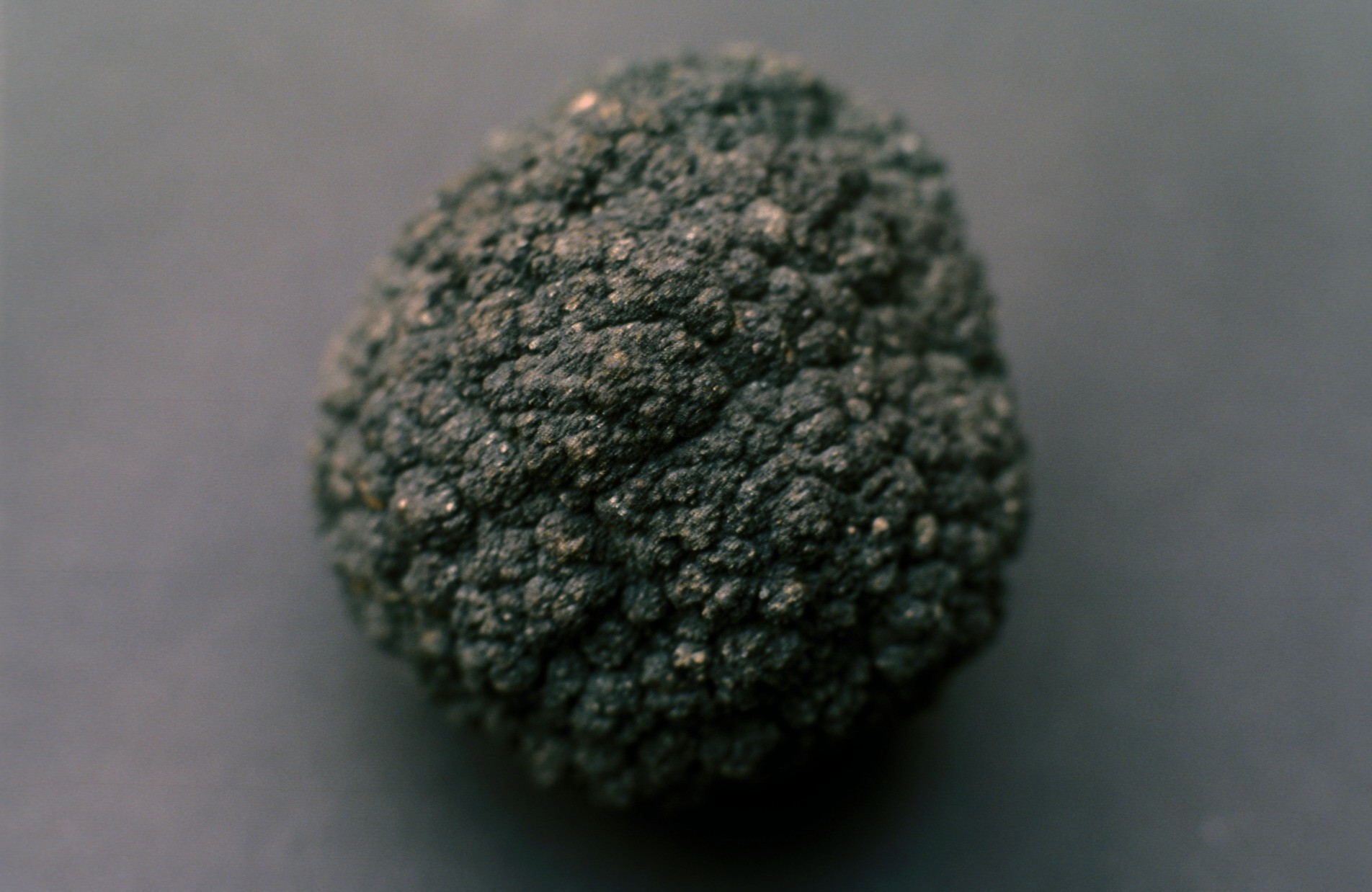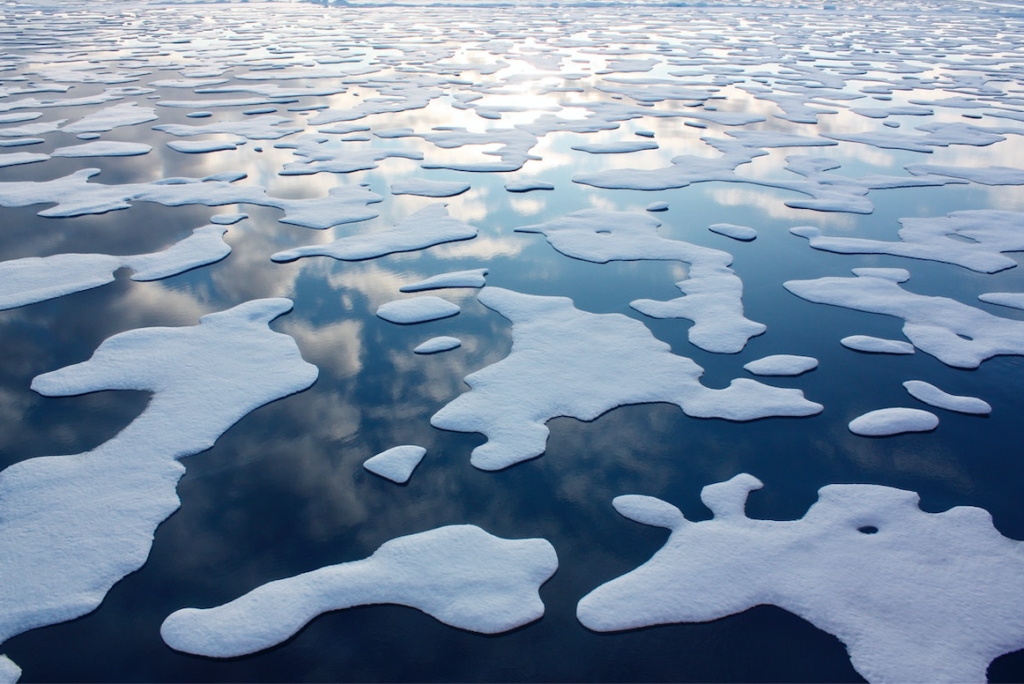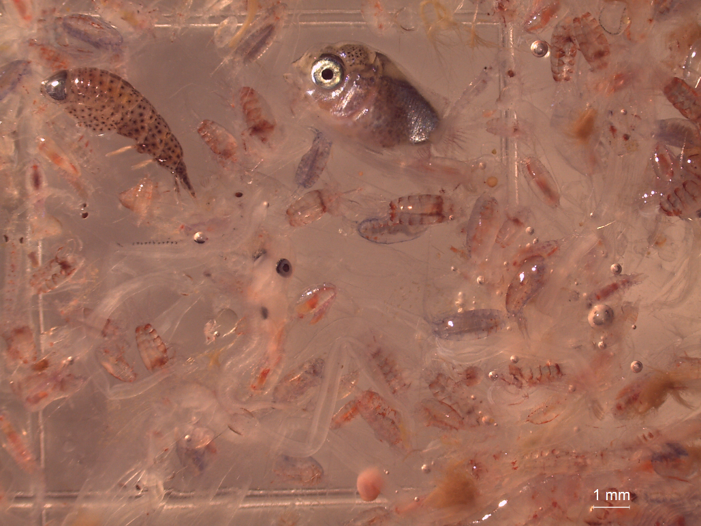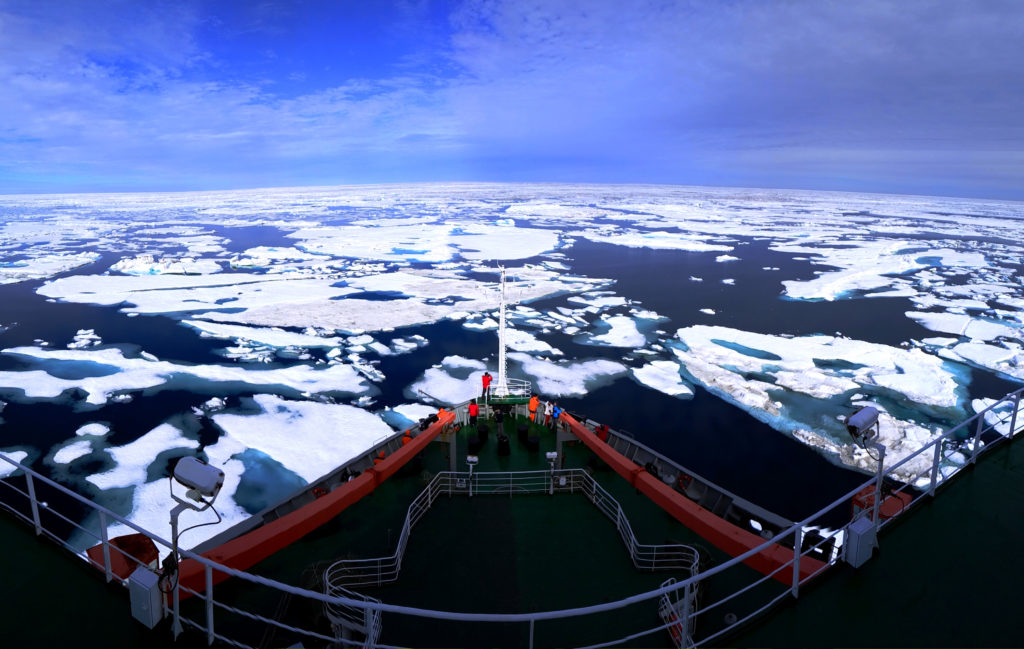Fluctuating Flows
 Research using MITgcm explores the impact of including nonseasonal river discharge in a global ocean model.
Research using MITgcm explores the impact of including nonseasonal river discharge in a global ocean model.
Under Sea Riches
 A contingent of European researchers use MITgcm to predict how sediments kicked up by seafloor mining disperse.
A contingent of European researchers use MITgcm to predict how sediments kicked up by seafloor mining disperse.
A Big Enough Flood
 Geologists from WHOI and UMass have been using MITgcm to probe whether melting arctic sea-ice could have slowed the AMOC enough to precipitate the Younger Dryas.
Geologists from WHOI and UMass have been using MITgcm to probe whether melting arctic sea-ice could have slowed the AMOC enough to precipitate the Younger Dryas.
Blooming Antarctica
 Researchers use MITgcm to understand how phytoplankton blooms and inorganic carbon respond to sea-ice variability in the West Antarctic Peninsula.
Researchers use MITgcm to understand how phytoplankton blooms and inorganic carbon respond to sea-ice variability in the West Antarctic Peninsula.
Exploring Zooplankton Dynamics in the Gulf of Mexico
 FSU graduate student Taylor Shropshire has been using MITgcm to explore zooplankton dynamics in the Gulf of Mexico.
FSU graduate student Taylor Shropshire has been using MITgcm to explore zooplankton dynamics in the Gulf of Mexico.
Arctic Shipping Forecast
 MITgcm underpins a new Chinese Arctic sea-ice prediction system.
MITgcm underpins a new Chinese Arctic sea-ice prediction system.
The Problem with Polynyas
 A new study from British Antarctic Survey uses MITgcm to explore what effect excessive Weddell Sea convection may have on nearby continental ice shelves.
A new study from British Antarctic Survey uses MITgcm to explore what effect excessive Weddell Sea convection may have on nearby continental ice shelves.
Exploring AMOC Sensitivity
 A team from the UK has been using an ocean-only configuration of the MITgcm and its adjoint to explore the sensitivity of the Atlantic Meridional Overturning Circulation to surface heat and freshwater fluxes over the Subpolar Gyre.
A team from the UK has been using an ocean-only configuration of the MITgcm and its adjoint to explore the sensitivity of the Atlantic Meridional Overturning Circulation to surface heat and freshwater fluxes over the Subpolar Gyre.
High Latitude Channel Flow Revisited
 Canadian researchers have been using the MITgcm in an idealized channel to investigate high-latitude tidal dynamics relevant to the fjords and channels of the Canadian Arctic Archipelago.
Canadian researchers have been using the MITgcm in an idealized channel to investigate high-latitude tidal dynamics relevant to the fjords and channels of the Canadian Arctic Archipelago.
Time for Time-Varying Diffusivity?
 Researchers Julius Busecke and Ryan Abernathey have been using MITgcm in a study geared towards developing a time-resolved global dataset of surface lateral mesoscale eddy diffusivities.
Researchers Julius Busecke and Ryan Abernathey have been using MITgcm in a study geared towards developing a time-resolved global dataset of surface lateral mesoscale eddy diffusivities.
